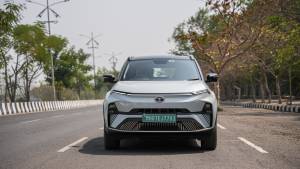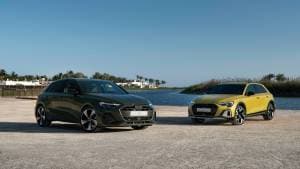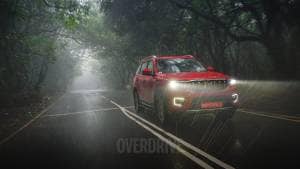How to drive fast but efficiently
Driving fast and driving efficiently are two seemingly very different kettles of fish. Either you smash the pedal to the floor or you lug the engine from painfully low revs and I'm sure they bring equal but very different types of joys to the respective drivers. I however have recently found a new kind of joy covering long distances at speed while at the same time extracting wallet friendly fuel efficiency figures. It all started when I had to drive to Belgaum for a dental procedure and the editor very kindly insisted that I take our long-term petrol A-Class. It was the end of the month so I was rather broke and had to drive efficiently given this Merc's penchant to guzzle when given the stick (Halley gets a monthly average of 8.9kmpl!). At the same time I had to make it to Belgaum rather quickly to make it in time for my appointment for oral torture. A proper catch 22 situation but a great opportunity to discover a balancing point between the two extremes.
Over the drive I learnt quite a few things thanks to the Merc's on board computer that constantly updates on how efficiently the engine is running to the driver's inputs. Eventually I managed to hold an average speed over 90kmph while still getting 13.3kmpl from a car that can be frightfully inefficient if driven hard. Here are a few pointers that can help you get similar efficient performance from your car.
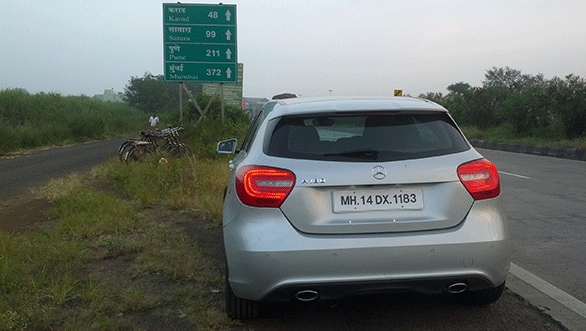 A 500km drive in the A-Class with a high average speed but still extracting good fuel efficiency
A 500km drive in the A-Class with a high average speed but still extracting good fuel efficiency
The easiest way to put it is to consider both the accelerator and brake as the enemies of efficiency. Every time you accelerate, your car uses fuel and every time you brake you need to accelerate again. It's quite simple really use as little of both as possible. Let's start with the accelerator you never really need to use more than 25 percent of the pedal's travel. Now this demands some patience pulling out of tolls or from a standstill might take a few seconds longer but in grand scheme of things it hardly makes any difference. Resisting the urge to mash the throttle at every opening does however make a significant difference to your fuel savings.
One of the biggest contributors to fast and efficient driving is holding onto the cruising speed you're comfortable with. If you've decided to hold 100kmph, try to stay at that point. Constantly decelerating and accelerating is wasteful both in terms of fuel and consumables like brake pads, as well as tiring out the driver over a long drive. But traffic exists in the real world and dealing with it more often than not entails slowing down. This is where coasting comes into effect. Simply put it is the process of lifting off the accelerator when you notice a vehicle ahead of you that you have to slow down for. Instead of accelerating right up to its bumper, ease off the gas when you spot the vehicle in the distance and know you have to slow down. Say you spot two trucks chugging up a hill a kilometre up the road; you might as well lift off well before it and coast towards them. Racing up to them and slamming the brakes will save you no time and you'll still have to wait for them to clear the incline and open a lane up for you. Getting your judgment on when to lift off the gas might take some time but you will eventually get it.
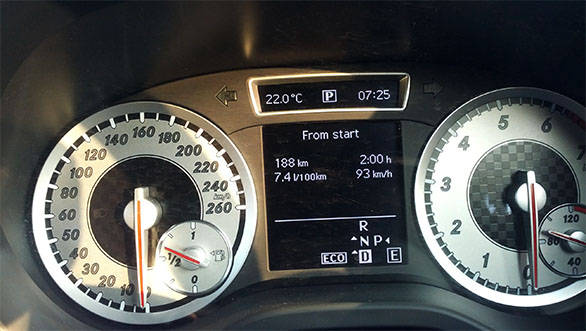 Two hours of continuous driving with an average speed of 93kmph and the A-Class still returns 13.3kmpl
Two hours of continuous driving with an average speed of 93kmph and the A-Class still returns 13.3kmpl
An equally important part of coasting is learning to filter. Many highways today feature four or more lanes. Unfortunately there are plenty of idiots out there who don't know how to use them and end up cruising in the fast lane at 60kmph. Slowing to their bumper and blaring the horn till they move or you (literally and figuratively) blow a fuse is, again, wasteful and pointless. Instead, filtering through the traffic will help you keep your average speed up. In our driving condition there's an equally good chance that the truck in the left lane will suddenly swerve right or wise versa so always exercise caution. Keeping an eye on the front wheels of the vehicle you're about to pass is a good indicator of whether it's going to change its lane. Nevertheless judicious use of the headlamp flasher and if necessary, the horn always helps.
Smoothness, as with any form of driving or riding is paramount. Ease onto the pedals and keep the engine in powerband if you're driving a manual but don't over rev it. What goes without saying is that you need patience to drive this way, especially if you're the type of driver who's used to driving fast. All this coasting and gradual acceleration will feel agonizingly slow the first time you try it but you're not really losing much time. Take my word for it. The difference between driving the way I have just described and driving flat out will only be a matter of minutes even over a long drive. However the smooth driver emerges much fresher while driving flat out over large distances can be mentally exhausting and will lead to inevitable lapses in concentration. And of course there's the joy of saving plenty of fuel while you're at it. Give it a shot the next time you hit the highway. Driving fast but efficiently is an oddly gratifying and addictive experience.
